Explanation
Baekje Cultural Land is the largest history-themed park in Korea, built to share the beautiful culture of the Baekje Kingdom with the world. The large site is filled with traces of Baekje culture. Sabigung Palace is a reconstruction of a real royal palace from the Three Kingdoms period. Neungsa Temple, a royal temple representing the Baekje period, has been recreated according to the real size based on excavation research done at the historic site in Neungsan-ri, Buyeo-eup. Just inside Daetongmun Gate is the Five-story Stone Pagoda, the most prominent structure in the complex. Wiryeseong Fortress, built during the Hanseong Baekje Era, gives a different aspect of Baekje in comparison with Sabigung Palace from the Late Baekje Era. A panorama of the complex can be seen from Jehyangnu Pavilion.
◎ Travel information to meet Hallyu’s charm - TV series "Moon Lovers: Scarlet Heart Ryeo"
The Baekje Cultural Land, which served as the backdrop for the spectacular royal palace in the drama, is the largest historical theme park in Korea, built to promote the excellence of Baekje that flourished with brilliant culture. This site features delicate recreations of Baekje’s ancient structures for royal families, including the Sabigung Palace and the Neungsa Temple.
Inquiry
+82-41-408-7290
Homepage
Information Use
Contact and Information : +82-41-408-7290
Day off : Mondays (open if Monday is a public holiday)
* Refer to the website for more details
Hours : March-October 09:00-18:00
November-February 09:00-17:00
More information
Tour Course Information
* Course 1 (Duration: 1 hr)
Baekje History & Culture Museum (3D viewing) → Jeongyangmun Gate→ Cheonjeongjeon Hall → Neugsa Temple → Living Culture Village → Jeongyangmun Gate
* Course 2 (Duration: 2 hr)
Jeongyangmun Gate→ Cheonjeongjeon Hall→ Neungsa Temple → Living Culture Village → Wiryeseong Fortress → Jeongyangmun Gate→ Baekje History & Culture Museum
* Course 3 (Duration: 3 hr)
Jeongyangmun Gate → Cheonjeongjeon Hall → Neungsa Temple → Gobun Park → Jehyangnu Pavilion → Living Culture Village → Wiryeseong Fortress → Jeongyangmun Gate → Baekje History & Culture Museum
Film Locations
Variety program "Running Man"
Available Facilities
Museum shop, restaurant, snack bar, rest area, facilities rental service (wheelchair, baby carriage, etc.), unmanned bike rental
Restrooms
Available
Parking Fees
Free
Admission Fees
Adults 6,000 won / Teenagers 4,500 won / Children 3,000 won
Interpretation Services Offered
Available in English & Japanese
Inquiries: +82-41-408-7290
Location
455 Baekjemun-ro, Buyeo-gun, Chungcheongnam-do
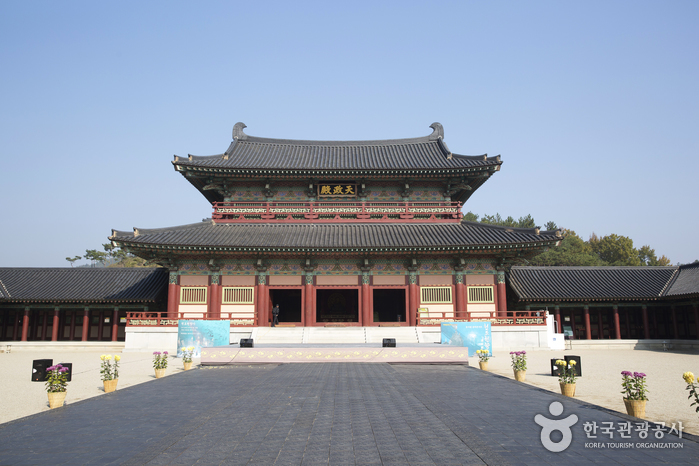
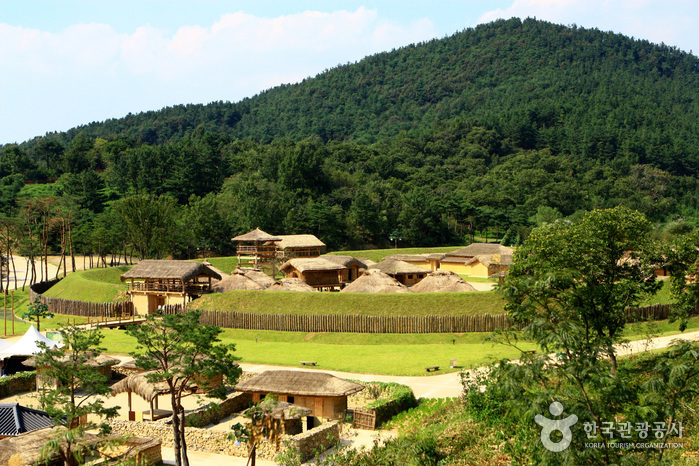
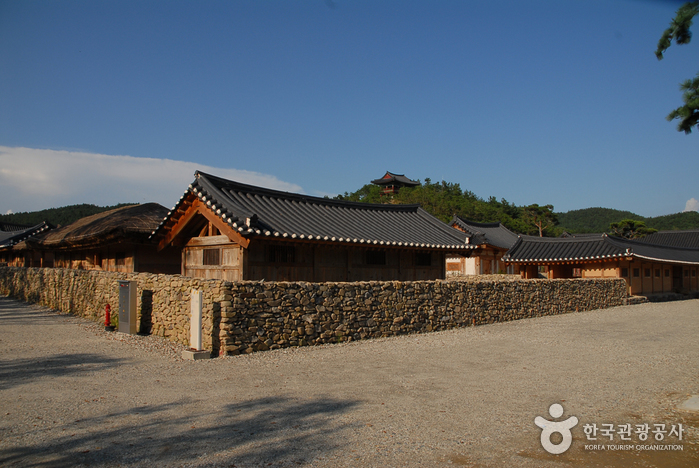
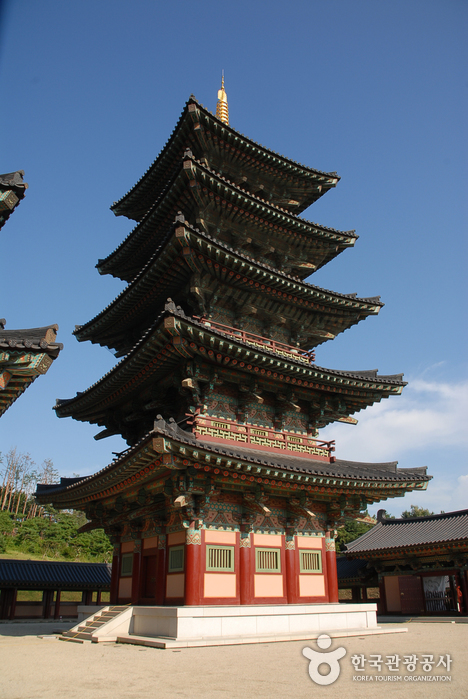

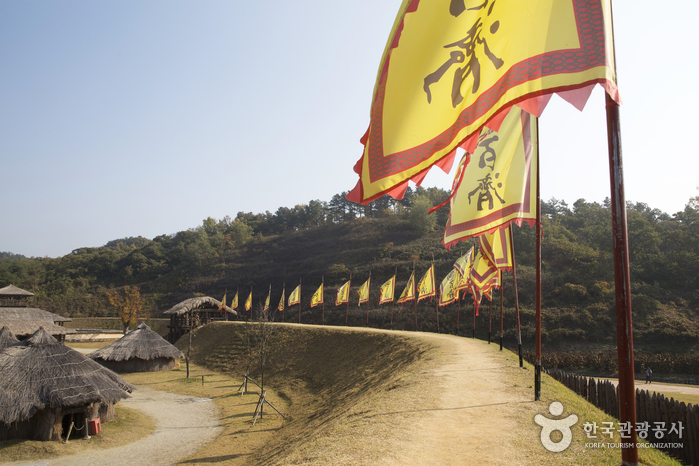
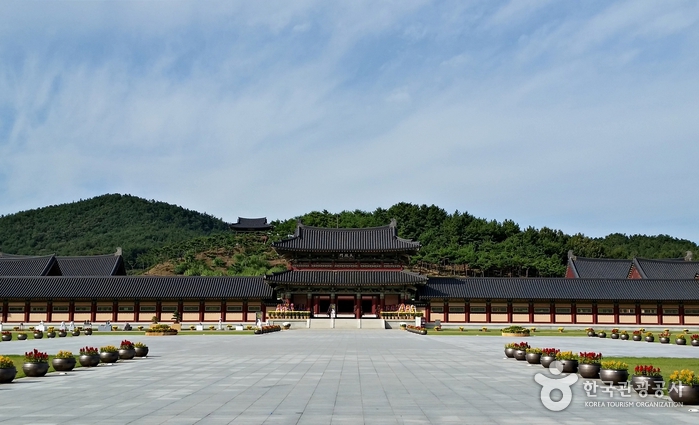
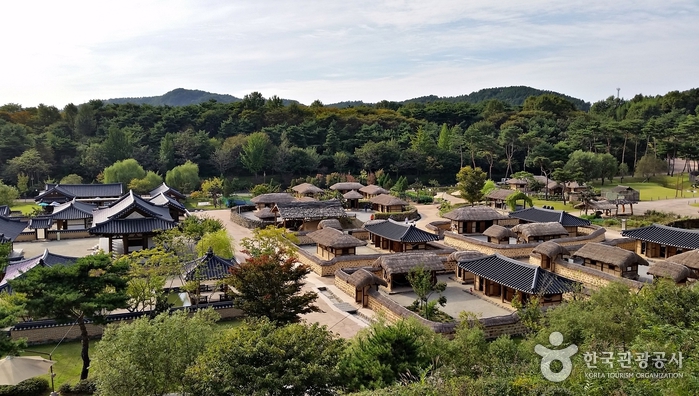
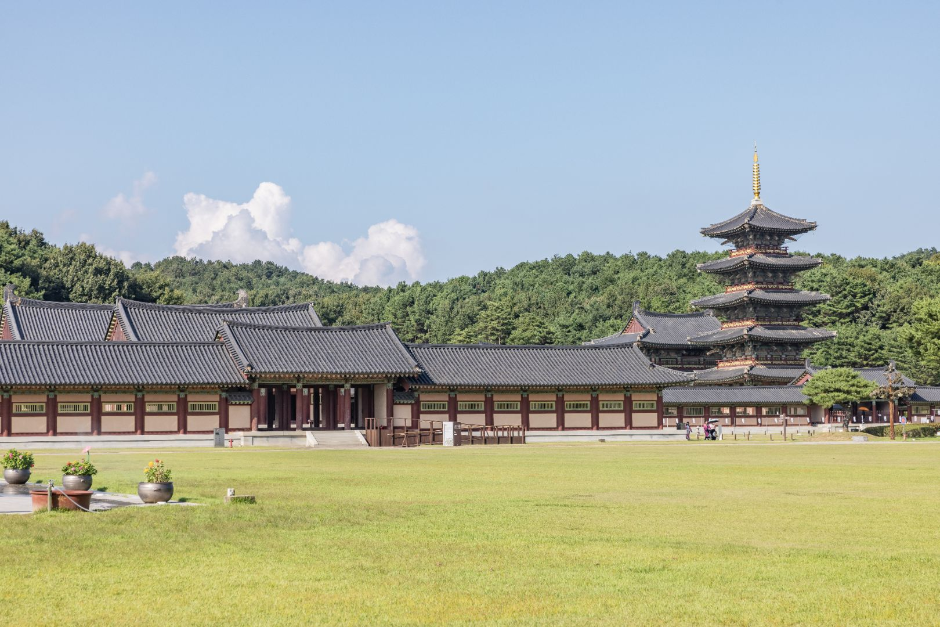
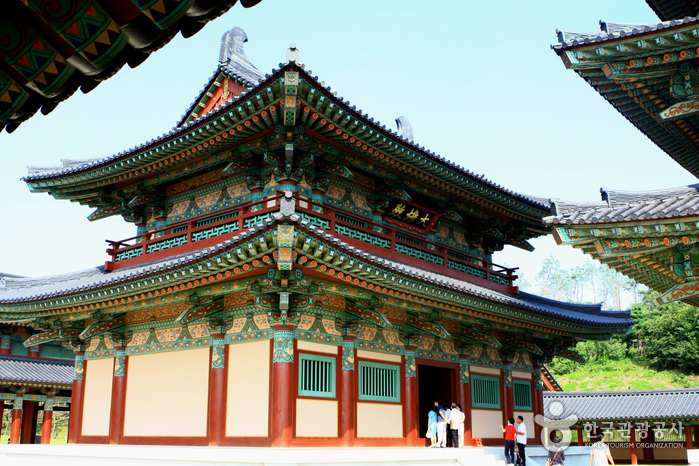
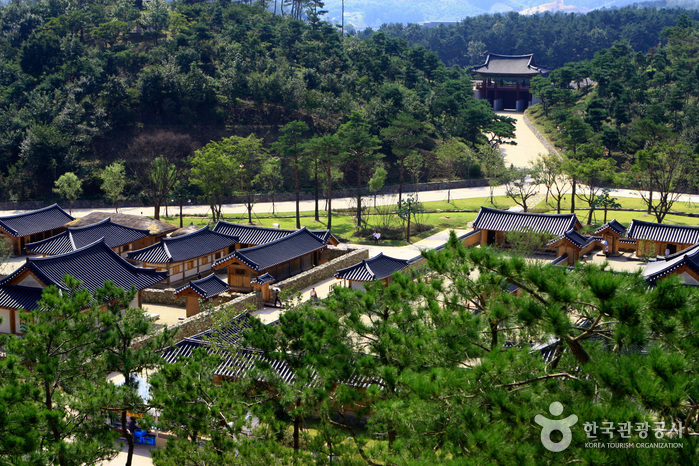
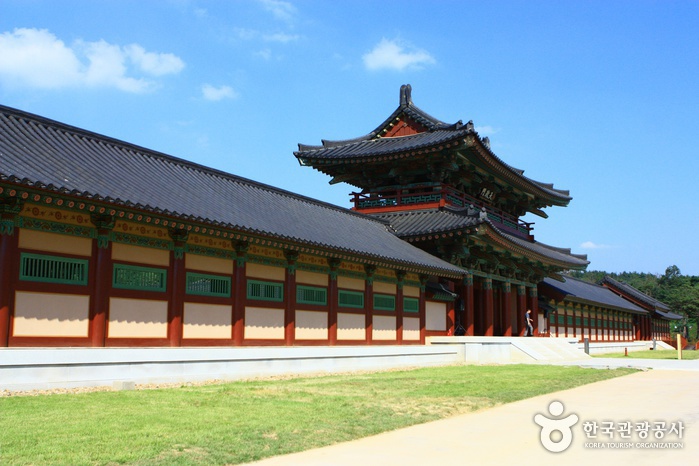
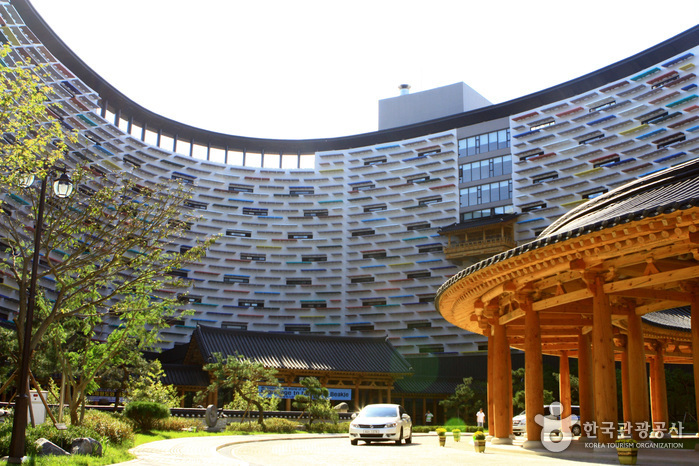

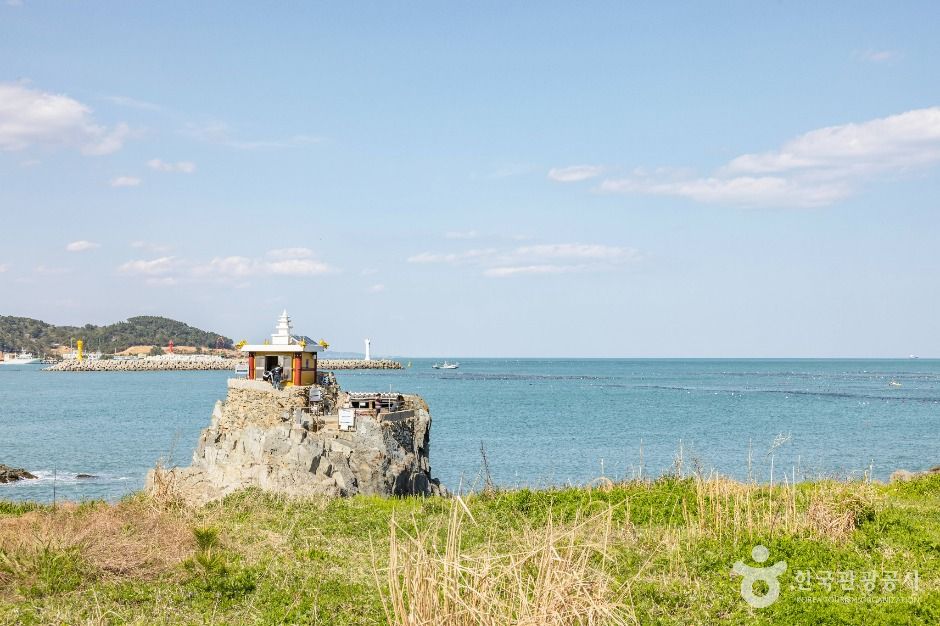
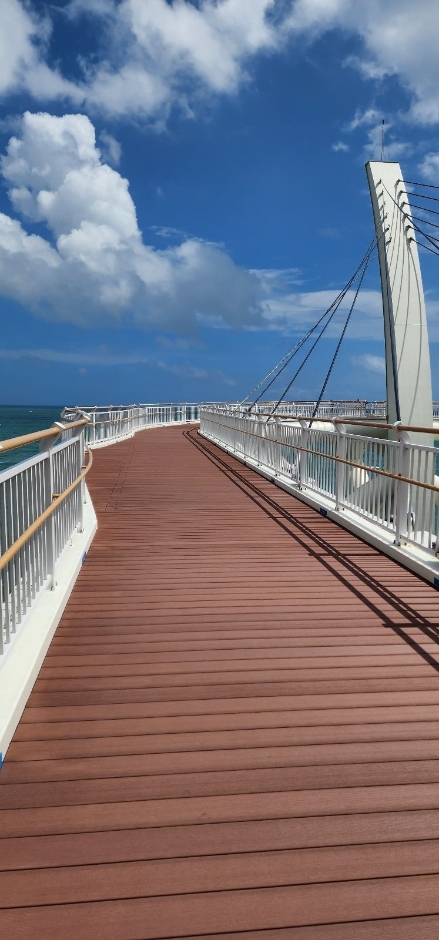
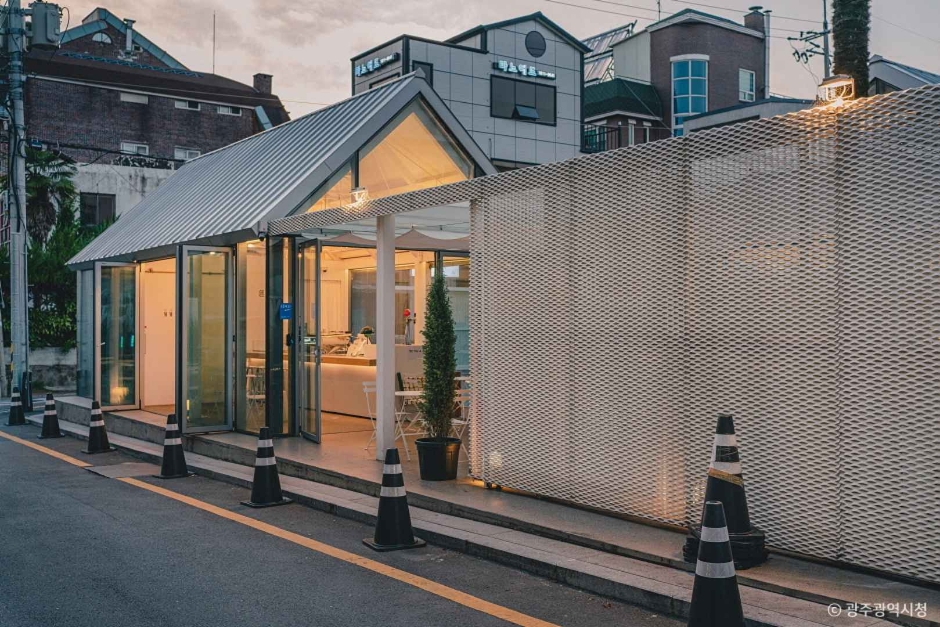
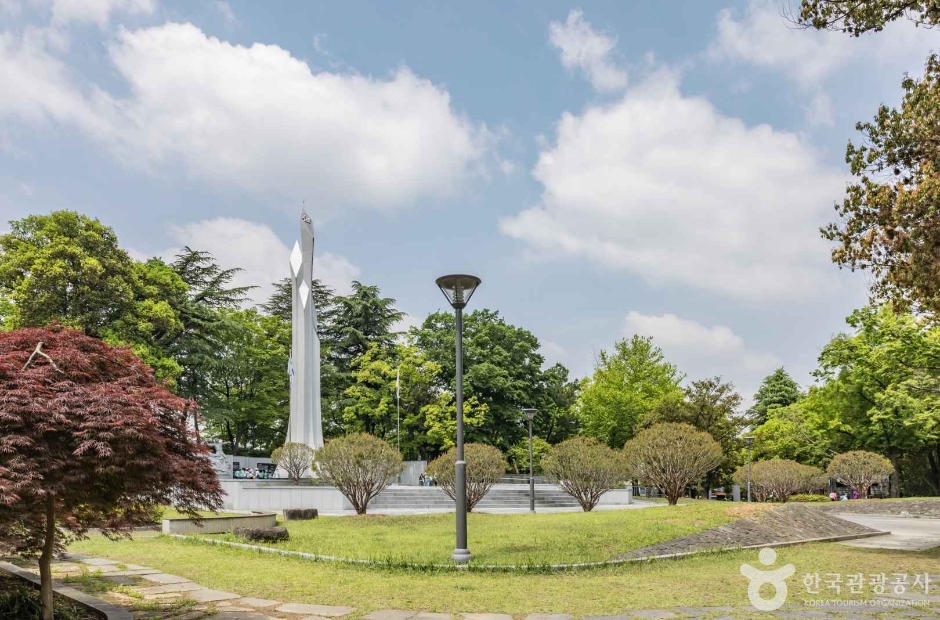
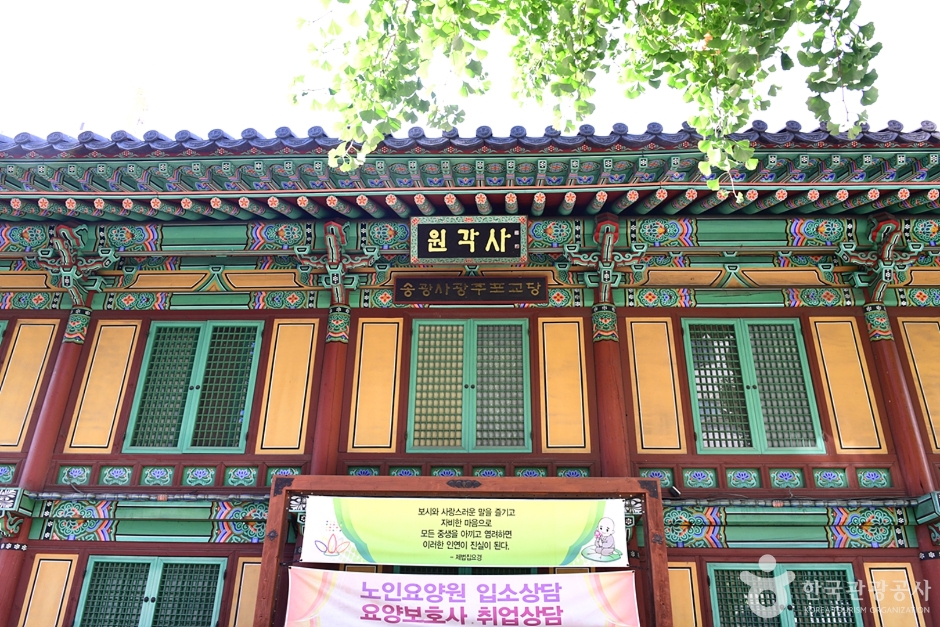
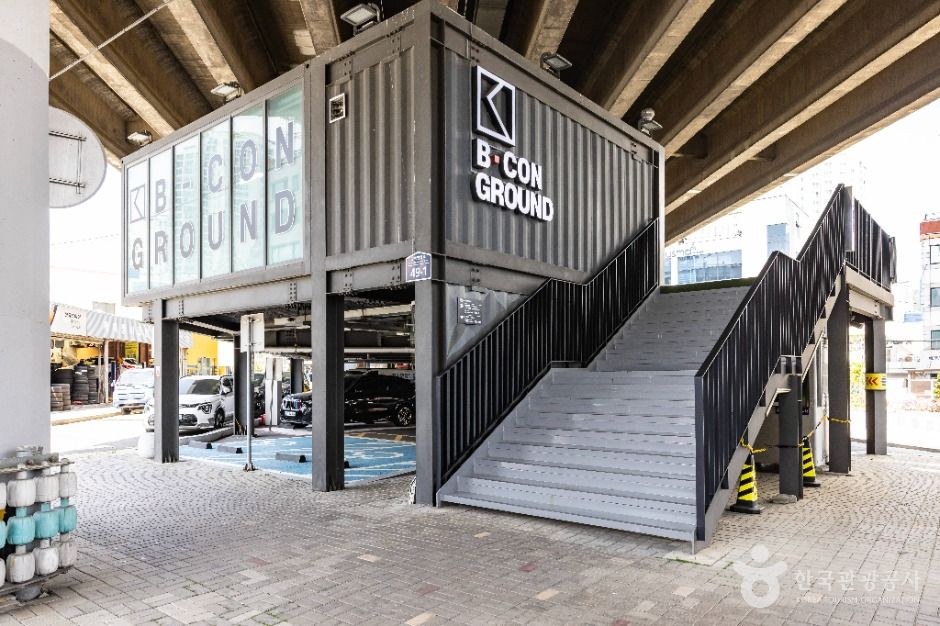

 English
English
 한국어
한국어 日本語
日本語 中文(简体)
中文(简体) Deutsch
Deutsch Français
Français Español
Español Русский
Русский